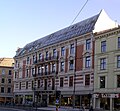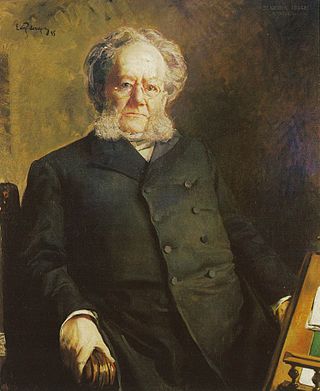
Henrik Johan Ibsen was a Norwegian playwright and theatre director. As one of the founders of modernism in theatre, Ibsen is often referred to as "the father of realism" and the most influential playwright of the 19th century, as well of one of the most influential playwrights in Western literature more generally. His major works include Brand, Peer Gynt, Emperor and Galilean, A Doll's House, Ghosts, An Enemy of the People, The Wild Duck, Rosmersholm, Hedda Gabler, The Master Builder, and When We Dead Awaken. Ibsen is the most frequently performed dramatist in the world after Shakespeare, and A Doll's House was the world's most performed play in 2006.
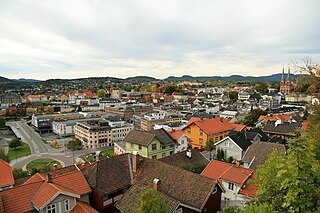
Skien is a municipality in Telemark county, Norway. It is located in the traditional district of Grenland, although historically it belonged to Grenmar/Skiensfjorden, while Grenland referred the Norsjø area and Bø. The administrative centre of the municipality is the city of Skien, which is also the administrative centre of the whole county. Some of the notable villages in the municipality include Åfoss, Hoppestad, Klovholt, Luksefjell, Melum, Kilebygda, Skotfoss, Sneltvedt, and Valebø.

The Paus family is a prominent Norwegian family with a long history of involvement in the clergy, nobility, industry, and the arts. The family first emerged as members of the elite of 16th-century Oslo and, for centuries, belonged to Norway's "aristocracy of officials," especially in the clergy and legal professions in Upper Telemark. Later generations became involved in shipping, steel, and banking. The family is particularly known for its close association with Henrik Ibsen, and for modern members like the singer Ole Paus.
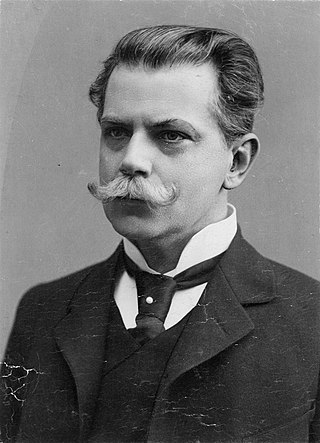
Sigurd Ibsen was a Norwegian writer, lawyer and statesman, who served as the prime minister of Norway in Stockholm (1903–1905) and played a central role in the dissolution of the union between Norway and Sweden in 1905.

Norsk Folkemuseum, at Bygdøy, Oslo, Norway, is a museum of cultural history with extensive collections of artifacts from all social groups and all regions of the country. It also incorporates a large open-air museum with more than 150 buildings, relocated from towns and rural districts.

Nils Sigurd Aas was a Norwegian sculptor. He was one of the most prominent artists in modern Norwegian sculpture and is particularly well known for his statue of Haakon VII, located in the June Seventh Square in Oslo, and for designing coins for Norwegian currency, including 10-krone and 20-krone coins.
Catiline or Catilina was Henrik Ibsen's first play. It was written during winter 1848–49 and first performed under Ibsen's name on 3 December 1881 at the Nya Teatern, Stockholm, Sweden. The first performance of Catilina in Norway not under Ibsen's pseudonym was at Det Nye Teater in Oslo on 24 August 1935.

Franz Xavier Bergman(n) (July 27, 1861 – January 1, 1936) was the owner of a Viennese foundry who produced numerous patinated and cold-painted bronzes, Oriental, erotic, and animal figures, the latter often humanized or whimsical, humorous objets d'art.

Gerhard August Schneider was a Norwegian artist and illustrator of folk tales.
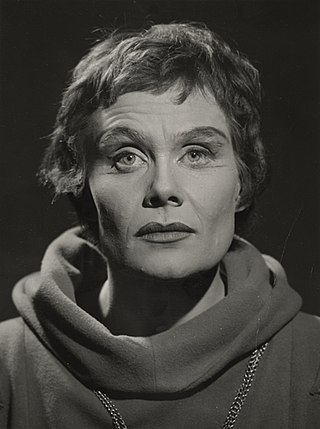
Liv Dommersnes was a Norwegian actress and reciter of poetry. She was a member of group that founded Studioteatret in 1945.
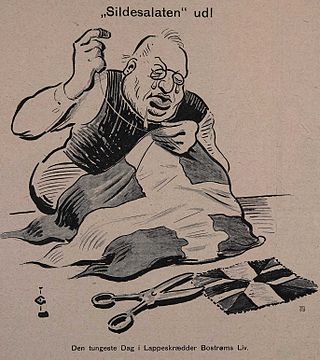
Vikingen is a former Norwegian satirical magazine, published from 1862 to 1947. Among the contributors were the satirical illustrators Olaf Krohn, Andreas Bloch, Gustav Lærum and Olaf Gulbransson.

Knud Plesner Ibsen was a Norwegian merchant from the city of Skien and the father of the playwright Henrik Ibsen. He is widely considered the model for many central characters in his son's plays, including Jon Gynt in Peer Gynt and Old Ekdahl in The Wild Duck. Through the Paus family—the family of Knud's stepfather Ole Paus and Marichen's mother Hedevig—Knud was raised as a close relative of his would-be wife Marichen Altenburg, although they were not closely related biologically.
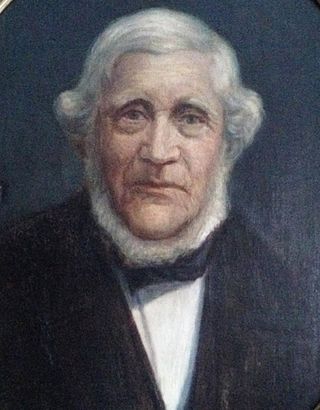
Christopher Blom Paus was a Norwegian shipowner, merchant and banker.
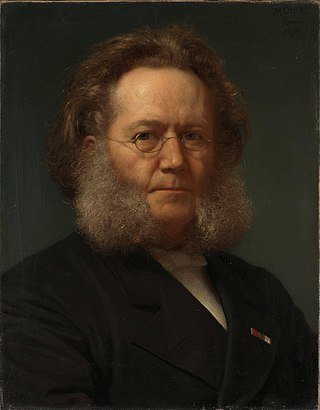
Ibsen is a Norwegian family of Danish extraction. Its most famous members are playwright Henrik Ibsen, his son, statesman Sigurd Ibsen, and grandson, pioneer film director Tancred Ibsen. Several other family members have been noted artists.
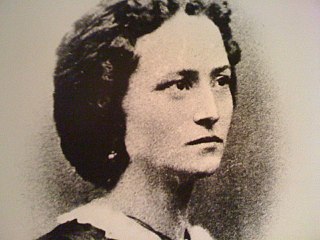
Fredrikke Louise Nielsen, was a popular Norwegian actress and a women's pioneer. She played more than 300 roles in her twenty-six-year-long career, and was personally directed by both Henrik Ibsen and Bjørnstjerne Bjørnson. Ibsen chose her to play Signe, one of the lead characters in The Feast at Solhaug (1856), which was his first audience success. In 1880, Nielsen left the stage and joined the Methodist Movement in Bergen. She now became a preacher, first in Scandinavia, and later in the United States. She felt a strong social commitment and used the pulpit for preaching other topics than religion, such as women's and children's rights.

Ibsenhuset is a Norwegian cultural centre in the city of Skien, Telemark county. The building houses several facilities for concerts, theater performances, opera, exhibits, conferences, courses, meetings and other events. There are also a restaurant and the town's main library in the building. International and national artists and entertainers have performed at Ibsenhuset. The name Ibsenhuset is derived from Henrik Ibsen's last name and from "huset", Norwegian for a house or building. Ibsen was born in Skien 20 March 1828 and lived in different locations in town until he was 15 years old. The Norwegian Ibsen award is annually presented at Ibsenhuset to promising playwrights.
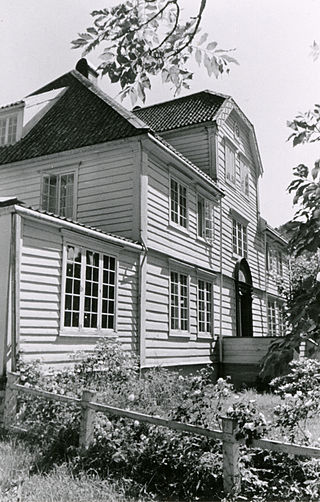
Solnør is a Norwegian farm in Skodje in Møre og Romsdal county.

Altenburggården was a large townhouse in central Skien, Norway, known as the childhood home of the playwright Henrik Ibsen and his mother Marichen Altenburg. It burned down during the great fire of 1886. It was located at the address Skistredet 20.

Rising is an old estate, area and geographical entity in Gjerpen, Norway, known for its association with Henrik Ibsen. It is located just outside of the city of Skien, and became part of Skien municipality in 1964.

Ibsen: "... den mærkelige mand" is a biography of Henrik Ibsen, written by Sverre Mørkhagen and published by Gyldendal Norsk Forlag in 2019. The book sparked intense debate among Ibsen scholars and the public in 2019. Shortly after its publication, it received a very positive review in Dagbladet and was awarded a prize that called the book the "ultimate Ibsen biography." However, later in the fall of 2019, it was heavily criticized by leading Ibsen scholars who argued that the book presented an outdated and inaccurate portrayal of Ibsen, ignored recent Ibsen scholarship, and contained unsustainable conjecture and factual errors. Jørgen Haave and other Ibsen researchers described the book as a setback for the academic study of Henrik Ibsen's life and work, due to its recycling of myths and misunderstandings.





